Table of Contents
- Pre-market action: Here's the trade setup for today's session | FlipItMoney
- Get to know about the pre-market trading – UC Micro Finance
- Pre-Market And After-Hours Trading Explained: | Penny Stocks Behind the ...
- Pre-market: cosa sono e come funzionano | WSI
- Premarkets: 3 things to know before the open
- Pre-market Trading - An In-Depth Guide for Traders
- Marketwatch Premarket
- Pre Market - YouTube
- Pre market trading - trading before market open - BeDayTrader.com
- How to Take Advantage of in Pre-Market and After-Hours Trading
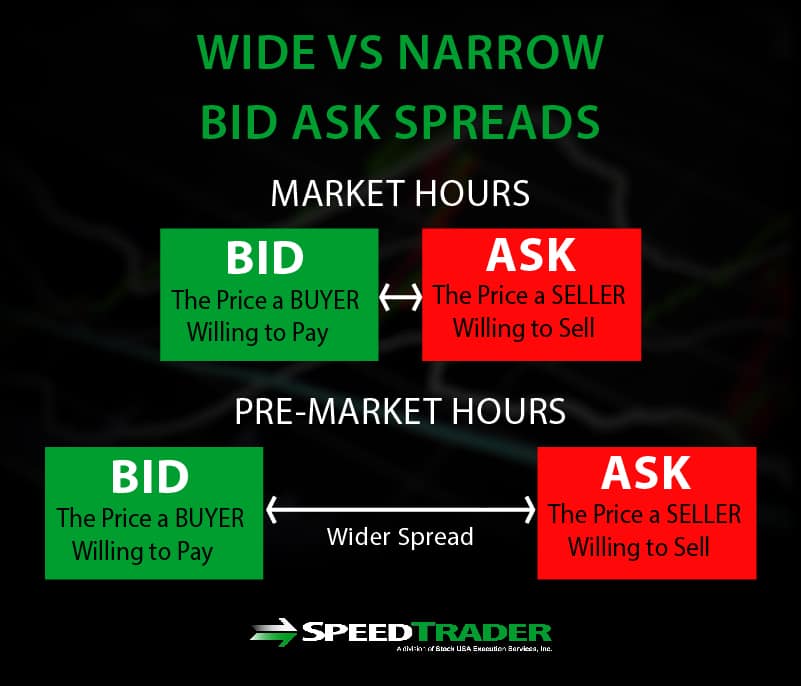
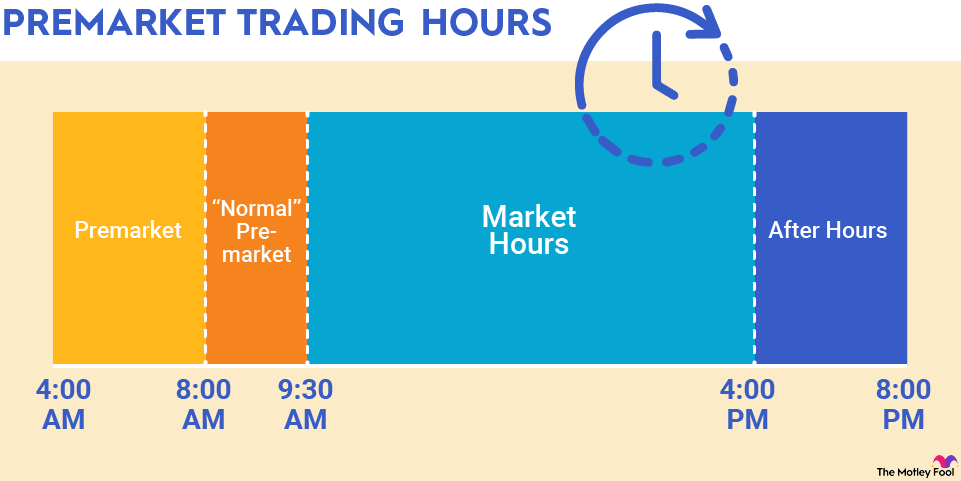

Understanding Pre-Market Trading


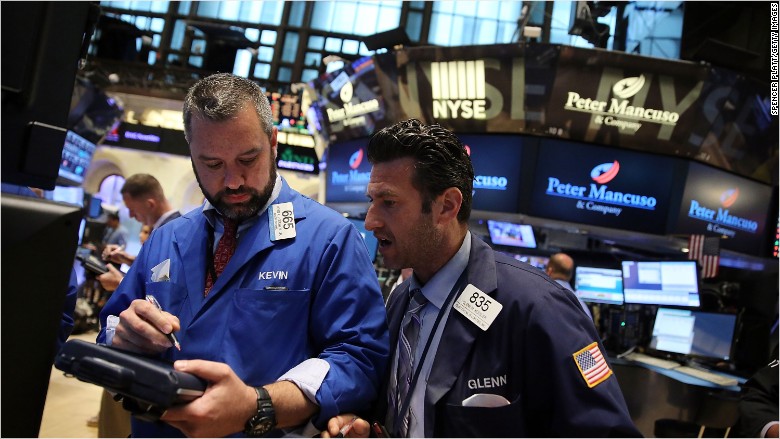
Factors Influencing Pre-Market Trends
:max_bytes(150000):strip_icc()/pre-markettrading-59923fc4054ad90011e30e23.jpg)
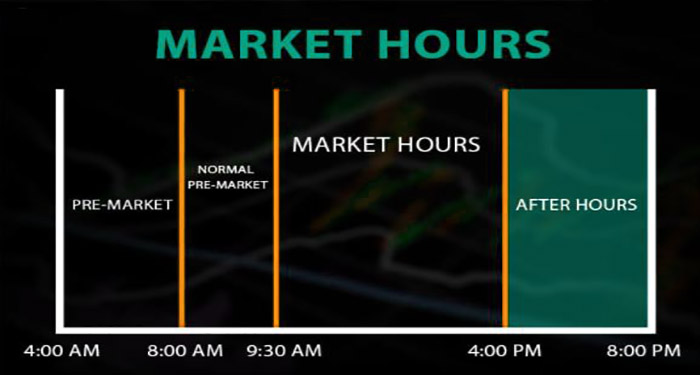
Leveraging Pre-Market Data for Investment Decisions
Investors can utilize pre-market data to gauge potential market movements and make strategic decisions: - Identifying Trends: Monitoring pre-market activity can help in identifying early trends that may continue into the regular trading session. - Risk Management: Understanding pre-market volatility can aid in setting appropriate stop-loss levels and managing risk. - Opportunity Identification: Pre-market trading can reveal opportunities for buying or selling stocks based on after-hours earnings reports or news releases.
Tools and Resources for Pre-Market Analysis
Several tools and resources are available to help investors analyze pre-market trends: - Financial News Websites: Sites like Bloomberg, CNBC, and Reuters provide real-time news and analysis. - Stock Screeners: Tools that filter stocks based on specific criteria, including pre-market movers. - Trading Platforms: Many platforms offer extended-hours trading capabilities and real-time data.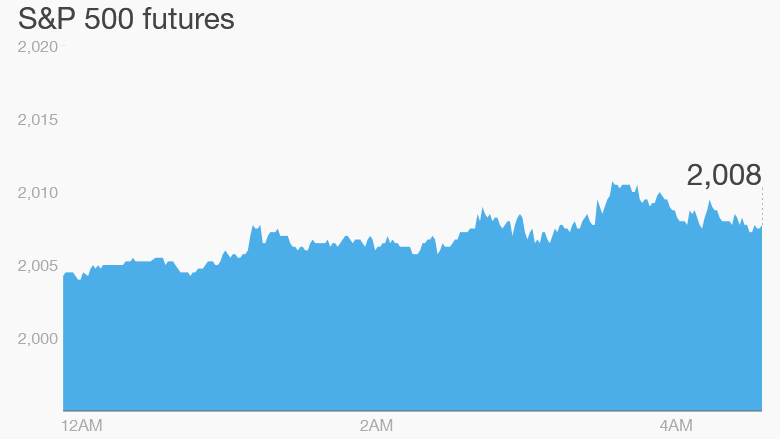
For the latest updates and insights on pre-market trends and stock market analysis, visit our website or subscribe to our newsletter to stay ahead of the curve.
Stay informed, invest wisely.